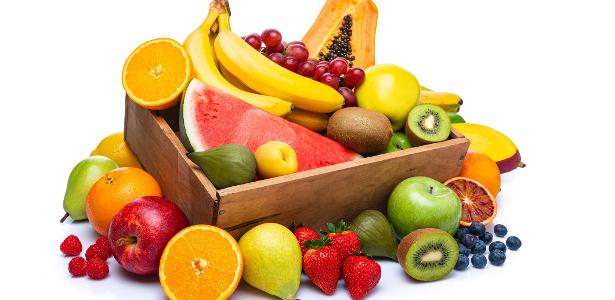Why are fruits so expensive?
3 min read
The price of fruit rose in July despite the country’s registration deflation Negative contrast – for the first time. The Official inflation was -0.68%while the price of fruit rose 4.4% in the month, according to IPCA (Extended National Consumer Price Index) data released by the Brazilian Institute of Geography and Statistics (IBGE) this Tuesday (9).
In the past 12 months, the situation is more complicated – the price of fruit has increased by 35.36%. This year, from January to July, prices are up 13.15% above inflation, which has risen 4.77% in the same period.
The fruits that saw the largest increase in the past 12 months were papaya (99.39%), watermelon (81.60%), strawberry (73.86%), watermelon (61.15%), mango (47.51%) and bananas (water increased by 42.87%). Silver 35.71%, passion fruit (36.70%), tangerine (32.52%) and apple (25.94%).
Only lemon (-12.74%) and bay orange (-5.24%) were cheaper.
Why is it so expensive? Maria Luisa says that the high cost of agricultural producers is one of the main reasons for the high prices of fruit ZachariasDirector of New Business at Horus Market Intelligence. Among them are fertilizers. Brazil imports the product from Russia, and because of the war, prices have risen significantly.
The diesel used in the trucks transporting them is another factor that has made the fruit more expensive. Despite lower prices for gasoline (-15.48%) and ethanol (-11.38%), oil diesel It became more expensive (4.59%) in July. In the past 12 months, the price of diesel is 61.98% higher.
Is it the weather? Does it affect prices? Some winter fruits are out of season, especially succulents like papaya, watermelon, melon, mango and banana, says Mateus Pisanha, researcher and economist at FGV Ibre (Fundação Getulio Vargas’s Brazilian Institute of Economics). Therefore, the values differ. The less fruit available in the market, the higher the prices.
But the hot and dry climate spurred increased consumption of fruits such as watermelon, papaya and mango, which led to higher prices. Besides the increased demand, there has been a decrease in the area planted with watermelons and papayas due to climate problems. There was a 21.22% decrease in the watermelon supply and a 19.21% decrease in watermelon supply. From Formosa Papaya Compared to the same period last year, according to Ceagesp (São Paulo Warehouse and Warehouse Company).
According to the in-house Ceagesp index, July saw a 2.38% drop in the prices of products sold there. But only fruit recorded an increase of 3.06% among all products covered by the survey (fruits, vegetables, variety, fish).
How to save? Thiago de Oliveira, head of economics at Ceagesp, says consumers should choose seasonal fruits to try to save money. According to him, when buying fruits in their most abundant period, the consumer gets better prices, in addition to consuming the finest fruits.
What is the trend for the coming months? Zakaria, of Horus, says prices are expected to drop in the coming months. But the entry of additional money from Auxílio Brasil this month could have an impact in the medium term. The interest is now R$600 (before it was R$400). The measure is valid until the end of this year.
If, on the one hand, the resource will bring more comfort to the needy families, on the other hand, there will be greater consumption, including fruit, which increases demand and raises prices.

“Entrepreneur. Music enthusiast. Lifelong communicator. General coffee aficionado. Internet scholar.”







